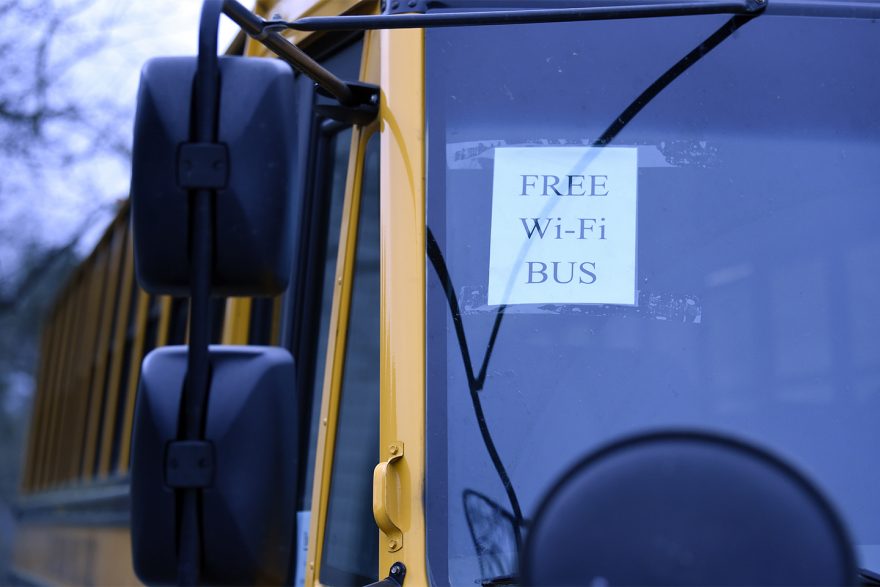Connect Students Online, Boost Your Country’s Gross Domestic Product?

Expanding and improving internet connectivity for schools can have a positive impact reaching beyond improving students’ access to information.
A new analysis by the Economist Intelligence Unit released earlier this year finds that closing the digital divide in education can boost a country’s economy. Even simply increasing the speed of broadband for school buildings can lead to gains in a country’s gross domestic product, the authors of the report contend.
The researchers say that a quality internet connection, when used well, leads to improved academic results, which then produce higher salaries that support a healthier economy.
A 10 percent increase in school connectivity can increase the effective years of schooling for children by 0.6 percent, and raise the GDP per capita of a country by 1.1 percent, the analysis found.
“The biggest takeaway is the massive amount of potential that school connectivity has to close gaps that exist not just in education but in communities and beyond,” said Shivangi Jain, an EIU public policy consultant and lead economist.
“It gives children all over the world access to basically the same information… I don’t think any other approach has quite that same potential.”
Having access to the internet provides students a “wealth of resources” and enables new forms of learning, including through adaptive learning platforms, the report says, which plays a role in improving the quality of education students receive globally.
“Improved learning outcomes proliferate through adolescence and adulthood, leading to a wider range of higher education and career opportunities,” the report said. “Ultimately, these benefits to individuals are reflected in terms of higher incomes, better health and improved overall well-being.”
Basic Access Not Enough
However, Jain, one of the report’s authors, said governments and schools need to take steps to ensure the new connectivity is being used to its full potential, including by prioritizing digital learning education policy and overcoming barriers to integration, such as building infrastructure or obtaining devices. Access also needs to be affordable and high-quality in terms of speed and reliability, the report said.
In the United States, 99 percent of schools are connected to fiber infrastructure, according to the report. But the quality of connection varies greatly among states and areas. Improving the bandwidth per student at schools nationwide to meet the country’s highest standard would increase the GDP by as much as 5.5 percent, according to the report.
In developing countries, connecting schools to the internet could have a more immediate impact on the wider community by enabling local entrepreneurship, introducing the gig economy, and providing access to online banking and improved emergency communications.
The report was sponsored by UNICEF and comes two years after the organization launched an initiative to connect every school to the internet. Globally, two-thirds of children between the ages of 3 and 17 — 1.3 billion — don’t have access to the internet.
It also comes after the U.S. approved $7 billion in federal aid for improved internet connectivity, spurred in part by the gaps in access that were spotlighted during the pandemic and schools’ abrupt pivot to remote learning. That funding, approved as part of the stimulus measure signed into law by President Joe Biden, focuses specifically on increasing students’ access to reliable internet services at home.
“This is the moment to be discussing this,” Jain said. “Children need access to connectivity regardless of where they are, and the pandemic really highlighted that … or at least enables people to see what [connectivity] can offer.”
Photo: AP Photo/Meg Kinnard
Follow EdWeek Market Brief on Twitter @EdMarketBrief or connect with us on LinkedIn.
See also:
